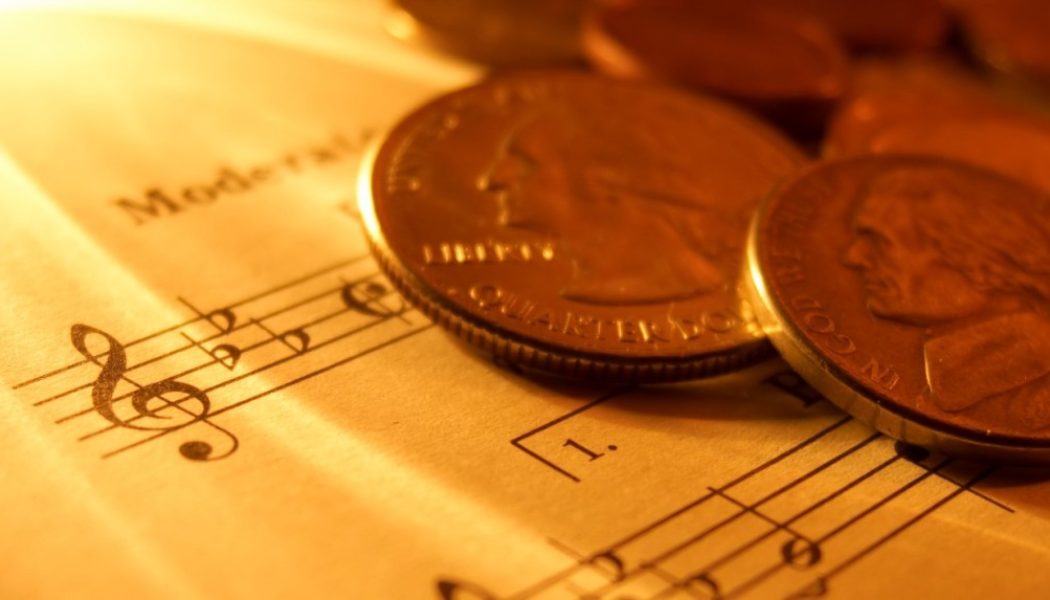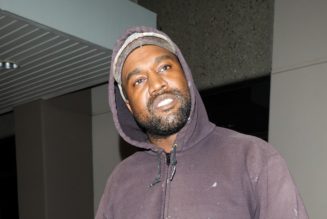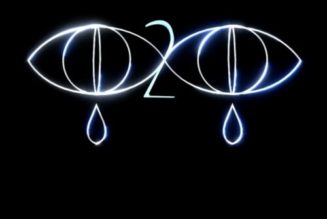
Arriving just before New Years’ Eve, on Friday (Dec. 30), the Copyright Royalty Board judges issued their ruling on streaming royalty rates for songwriters for the period of January 2023 to December 2027, upholding a settlement proposed by the National Music Publishers’ Association (NMPA), Digital Media Association (DiMA), and Nashville Songwriters’ Association International (NSAI) in late August. This ruling sets the rates for Subpart C and D of the five year period known as Phonorecords IV (or “Phono IV” for short), and it represents a compromise between the music industry and the streaming services, creating certainty around the royalties owed to songwriters for U.S. mechanicals.
According to the settlement, which the NMPA touts as the “highest rates in the history of digital streaming,” the headline rate will increase from 15.1% of revenue in 2023 to 15.2% in 2024 and then up a half a percentage point in each of the remaining three years, peaking at 15.35% in 2027, the final year of the term.
For stand-alone portable subscription offerings — like Spotify — the total content cost (TCC) component of the rate formula will be set at 26.2% of what’s paid to labels for the entire term, or $1.10 per subscriber, whichever is lower. Previously, those numbers were 21% of revenue and 80 cents per subscriber.
This means that the resultant TCC pool is measured against the total service revenue. Whichever is larger is designated the “all-in” pool, including both performance and mechanical royalties. After this is established, performance royalties are subtracted out, leaving behind solely the mechanical royalties.
Finally, the resultant mechanicals are compared against a pool, calculated by multiplying a streaming service’s total subscribers by 60 cents per person. Whichever of these two totals is bigger becomes the final mechanical royalty pool paid out to publishers and songwriters. Previously, the multiplier for the last 10 years had been set at 50 cents per subscriber.
This final ruling, reached two days before its rates are set to take effect, is a striking contrast from the lengthy proceedings to set streaming rates for Phonorecords III (2018-2022). Though that five year period is nearly over, its rates are still not finalized. In 2018, the music industry initially won the increase of the headline rate from 11.4% to 15.1% over the five year period, but the following year, Spotify, Amazon, Google and Pandora appealed, hoping to secure a lesser rate. This resulted in a legal back-and-forth that continues today, and although it is nearing its completion, it has created uncertainty surrounding what songwriters are owed for their work.
In hopes of streamlining the process and avoiding lengthy proceedings, the three settling parties worked together to propose a settlement for approval or denial by the CRB. Though other participants and interested parties outside of those who took part in the settlement were given the opportunity to explain their point-of-view during the month-long “comment period,” which ran from Nov. 7 to Dec. 7, the board explained in its ruling that its role is to either adopt or decline the settlement’s terms as presented, not to “modify” or add “requested adjustments.”
The ruling makes note of concerns provided by the 20 total commenters who weighed in on the settlement during the period, including that to some independent songwriters “the proposed rates might seem inadequate” and that several commenters prefer “alternative methods for inserting inflation adjustments.” “However,” the board states in the ruling, “the settlement is what is before the judges for consideration, not alternative rates or proposals for alternative procedures.”
In a statement Friday, NMPA president and CEO, David Israelite, celebrated the news. “Starting January 1, songwriters will enjoy the highest rates in the world and the highest rates in the history of digital streaming,” he said. “Thanks to the many songwriter advocates who worked hard to make this happen. There are still many challenges ahead to ensure that songs receive their proper value, but the future is bright.”
DiMA president and CEO, Garrett Levin, added, “We appreciate the Copyright Royalty Board for recognizing the benefits of this landmark agreement and the certainty it provides for streaming services, publishers, and songwriters alike. Thanks to the agreement, we can kick off 2023 focused on fans and continuing to grow streaming for the benefit of all stakeholders.”
Additional Reporting by Ed Christman
[flexi-common-toolbar] [flexi-form class=”flexi_form_style” title=”Submit to Flexi” name=”my_form” ajax=”true”][flexi-form-tag type=”post_title” class=”fl-input” title=”Title” value=”” required=”true”][flexi-form-tag type=”category” title=”Select category”][flexi-form-tag type=”tag” title=”Insert tag”][flexi-form-tag type=”article” class=”fl-textarea” title=”Description” ][flexi-form-tag type=”file” title=”Select file” required=”true”][flexi-form-tag type=”submit” name=”submit” value=”Submit Now”] [/flexi-form]










Tagged: business, Copyright Royalty Board, DiMA, entertainment blog, music blog, NMPA, nsai, Publishing, Songwriter, songwriters